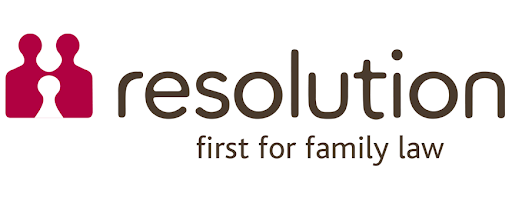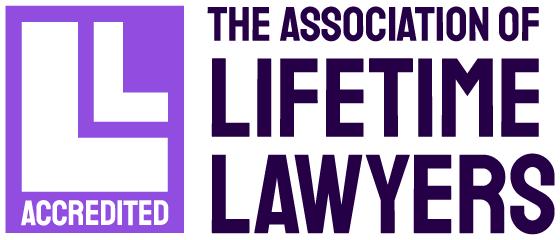This year we have already seen employers face reputational or legal challenges on requiring a receptionist to wear high heel shoes, the banning of Muslim head scarfs and burkhas and, ACAS telling employers they are missing out on talent by not employing workers with visible tattoos.
The legal and PR ramifications for a strict or discriminatory dress code can be costly. So, apart from specific industries where dress codes are obviously very relevant (such as occupations involving health and safety) should employers bother with a dress code?
Fraught with difficulty
The legal positions start from the premise that employers have a right to project a company image and set a dress code, particularly for customer or client facing roles.
Employers setting dress codes are at risk not just of claims of religious discrimination but also of claims of sex discrimination, disability discrimination and discrimination on grounds of gender reassignment.
Employers must ask themselves whether the dress code can be objectively justified. Will clients turn away or will an employee provide a better service or enhance a brand or profession by a certain sort of dress?
A balancing act
Assuming an employer can justify a dress code, it then falls to a court to assess if that dress code is a proportionate means of achieving a legitimate aim. This is effectively a balancing exercise between the employer’s requirements and the impact or inconvenience to the employee.
A strict “no tattoos” policy, for instance, could leave an employer open to challenge on grounds of race or religious discrimination for Polynesian or MÄori tattoos which are considered part of cultural heritage.
Any employer drafting a dress code needs to consider these issues, ideally in consultation with staff. Be prepared to make reasonable adjustments to your dress code in relation to disabled employees. It is possible to stipulate different clothing requirements for different sexes (for example, a shirt and tie for a man) provided that the overall effects of the rules are applied equally. However, for employees undergoing gender reassignment this would need to be flexibly applied.
Unfortunately there is no “one size fits all” policy. For advice on dress code policies please contact us.








